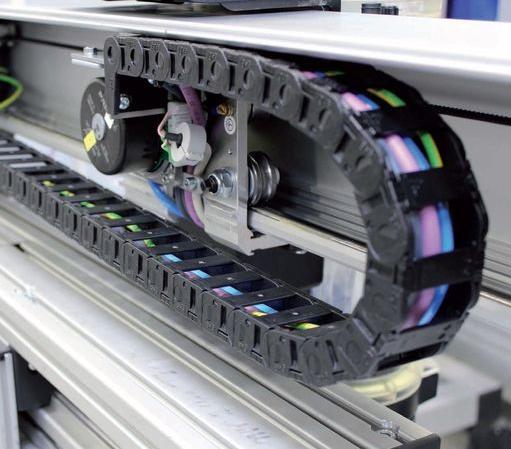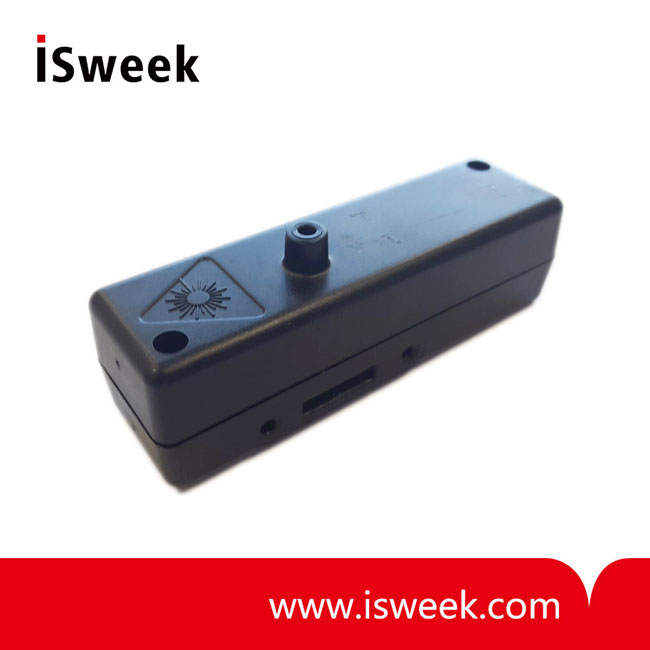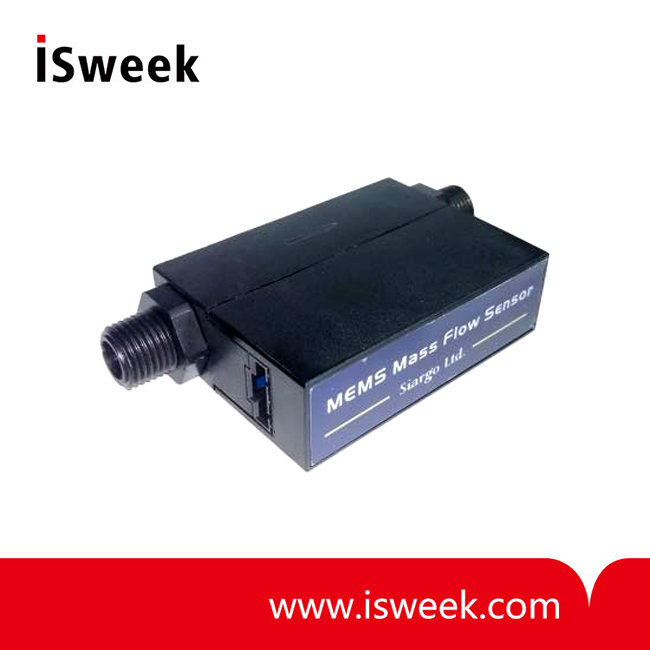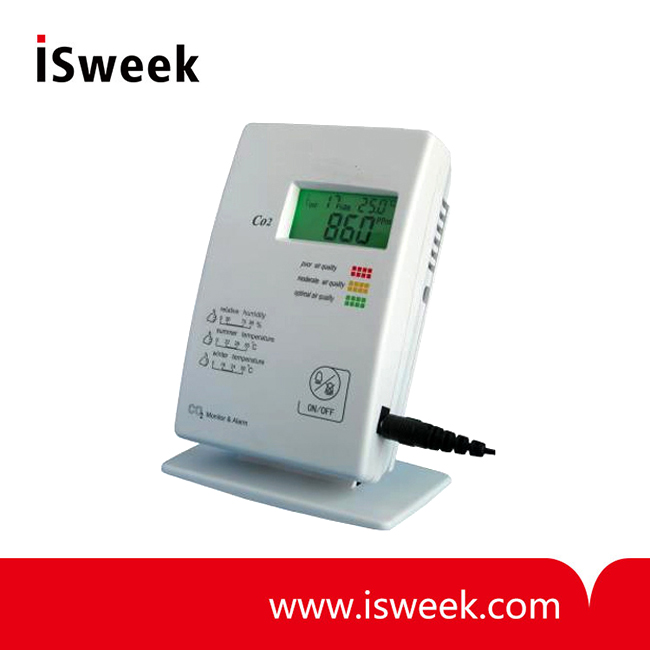Digital printing involves inputting a designed pattern into a computer with digital technology, editing it by CAD, and using a computer-controlled micro-piezo ink nozzle to directly spray the dye liquor onto the textile to form the desired pattern.
With technology being gradually improved in recent years, the development of digital decoration and the mass application of machines have brought a brand-new concept to the textile printing and dyeing industry. Unprecedented opportunities are thus coming up. Now, ISWeek would like to share some solutions on full-automatic ink supply systems in digital decorating machines.

The importance of ink supply for continuity and impermeability in the ink supply system
There are four main types of marking ink used by digital textile printers: disperse dyes ink for heat transfer printing, which is used on chemical and blended fabric; active dye ink, which is used on natural fabrics like cotton, sesame and silk; acid dye ink, which is used on fur, silk and spandex; coating dye ink which has low fastness to wet rubbing and narrow color gamut but is widely used on most fabrics.
Ink supply system matters on whether ink can be normally printed. For example, whether supply pressure is positive or negative, whether ink can be continuously supplied and whether the tubes in the system are properly sealed. These factors can influence the image quality greatly. Also, the evaporation of ink solvent can lead to printer parameter change, stability lowering and even the orifice can be blocked in bad cases.
To detect the level in the ink supply system, an ink storage box on a fixed framework, level sensors and controllers set in the box are required. The storage is set above the ink box, and they are linked with a connecting tube, in which there is a solenoid valve. The valve and the sensor are connected to the controller via circuit 1 and circuit 2 respectively. A filter is also connected in the tube that is between the valve and the ink storage box. The combination of level control and pressure control eliminates the influence between them, making this printer ideal for high-speed printing.
Sensors Most Commonly Used in Printers
Sensors most commonly used in printers are photo-electric type, whose basic working principle is: the sensor transfers the changing light intensity to an electric signal, so as to emit controlled light beam aiming at the target. The light beam coming from semiconductor light sources, LED, LD and IRED emits uninterruptedly or change the pulse width. The receiver consists of a photodiode, phototriode and photocell. Optical elements like lenses or apertures are installed at the front of the receiver. But for level detection of full automatic enclosed ink supply systems in digital decorating machines, ISWeek would like to recommend this Optomax Digital Series Liquid Level Switches: LLC200D3SH.

LLC200D3SH is a new type of liquid level measuring device based on the principle of reflection and refraction. Photo-electric level sensors are of small size, plain structure, high location accuracy, high sensitivity, and have no mechanical components. They need no debugging and have low power consumption while being highly resistant against high temperature, pressure and strong corrosion. The LLC low price series level sensor provides single-point level detection. An IR emitter and a detector are specially designed for mass OEM customers, while they need to be precisely positioned to ensure that they can be well optically coupled in the air. When the cone-shaped end of the sensor touches the water, IR will transmit out of the conical surface, so light intensity will be weakened when the light reaches the detector. This type of sensor is often applied in level detection in gear cases, transmission cases and pumps of engine oil, coolant and refrigerant.






